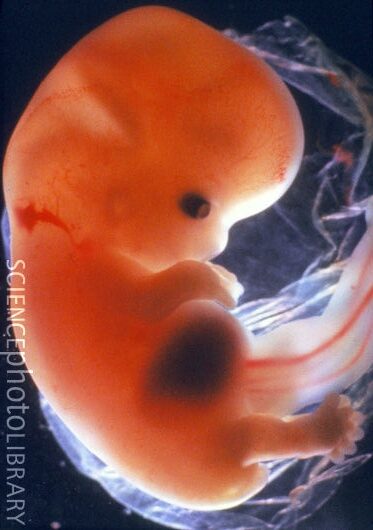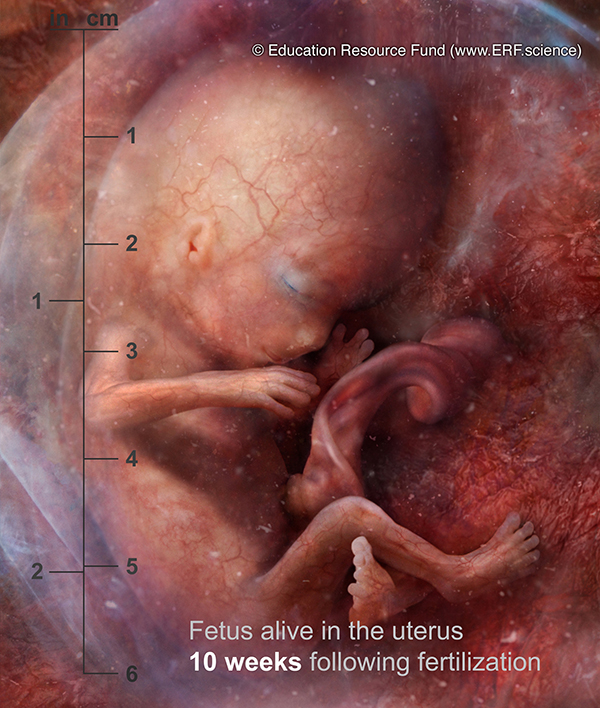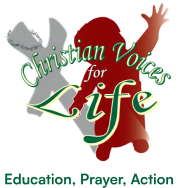Fetal Development
Fetal Development
Life begins at conception.
Conception is when the mother’s egg is joined with the father’s sperm (fertilization) and a new, unique human being is created, genetically distinct from both father and mother. The sex, hair color, and many other characteristics of this new human person have already been determined by his or her genetic makeup.
As the fertilized egg (zygote) divides, it travels to the uterus (continuing in the fallopian tube). About 5-7 days after fertilization, the tiny child implants into the lining of the uterus to begin receiving nourishment from the mother.
Some people have re-defined pregnancy as beginning at implantation rather than conception, in order to claim that a product only prevents pregnancy, implying that no newly conceived child is aborted, although the product may prevent a very young child from implanting in the uterus.
The process of development inside the womb is called gestation, and gestational age is counted from the first day of the mother’s last period. Therefore, the gestational age of a newly fertilized egg is actually about 2 weeks! It is the convention of the medical community to speak in terms of gestational age.
Another beautiful video of fetal development is available from Live Action.
The scientific terms used to describe the child are different for different stages of development:
Zygote: Fertilized egg, before any division has taken place.
Embryo: developing child in which differentiation has begun. That is, some cells are becoming different than others. This name applies from implantation until the end of the eighth week after conception, or the tenth week of pregnancy (gestational age).
Fetus: at 10 weeks gestational age (8 weeks after conception), adult features have become more recognizable, and the child is now called a fetus. This name applies up until birth.
Fetal Development Timeline
(Gestational age, from first day of last period (FDLP)
Week 2: Fertilization!
Week 3: Zygote (fertilized egg) travels through the fallopian tube and divides into multiple cells.
Week 4: Blastocyst (ball of cells) implants into the lining of the uterus.
6 – 7 weeks: Embryo: Heart is beating regularly and small arm and leg buds are visible.
9 weeks: Fingers have formed. Eyes are obvious. Measures about 1/2 inch from crown to rump.
10 weeks: Elbows and toes are visible. A little less than 3/4 of an inch, the size of a penny.
12 weeks: Baby is now a fetus. Eyelids are fused shut and ears low set. About 2 inches long.
14 weeks: Baby is making urine, bones beginning to harden.
18 weeks: Baby is more active. Toenails have begun to develop; about 4 1/2 inches.
21 weeks: Baby’s movements may be felt. He is regularly sleeping and wakening.

8 weeks gestation

12 weeks gestation
